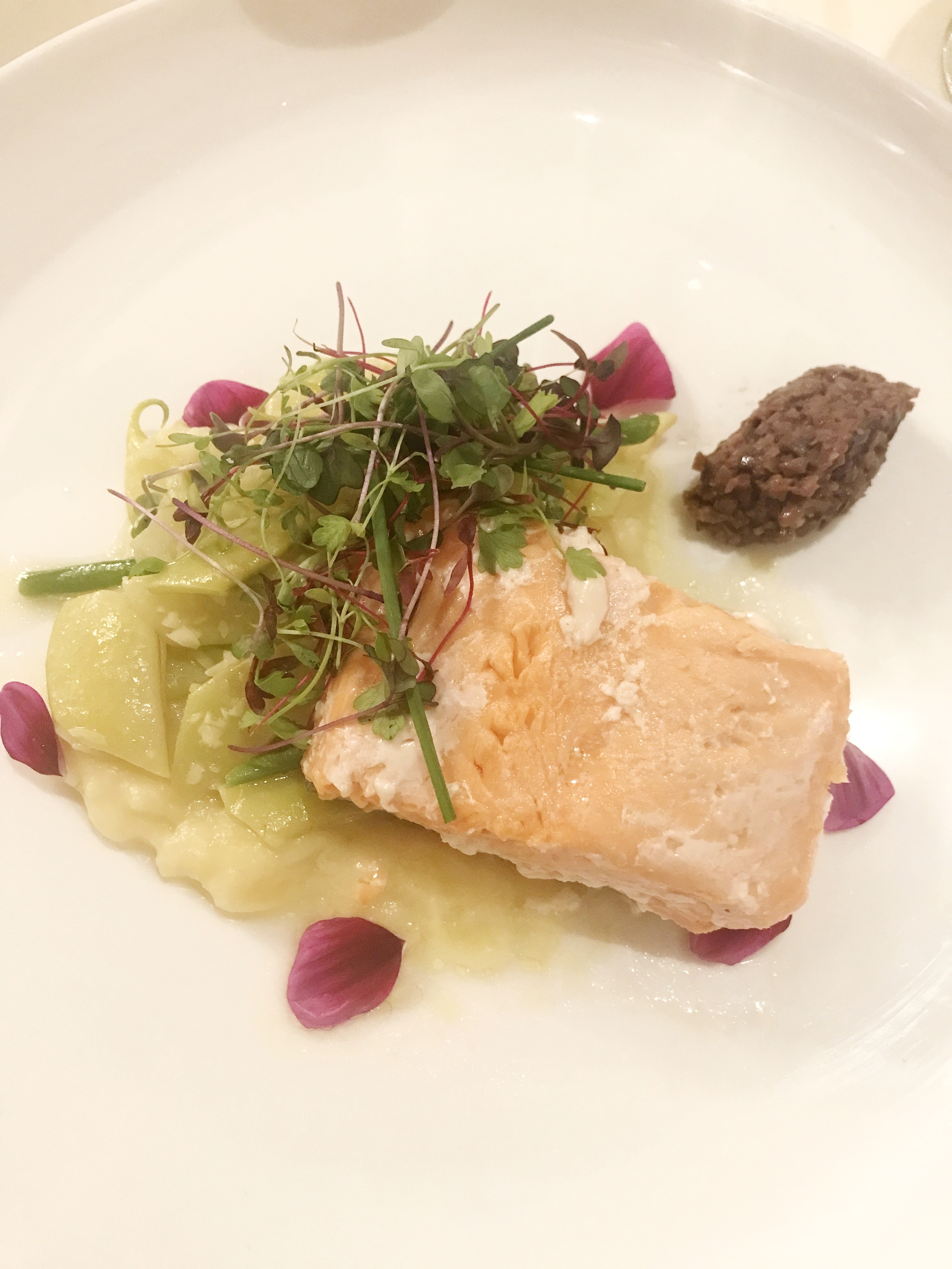Charlottesville has been put on the world wide map because of the anti-American, hateful, racist protests held there in August 2017. I was already scheduled to visit for a week, the start of which was a day after these riots were held. Needless to say I was a bit (read: a lot) nervous about what to expect since I'm not exactly a white, tiki-torch wielding racist man.
As it turns out, I found everything but hate in Charlottesville. I actually enjoyed visiting a vineyard, meeting people around town and exploring this charming southern city. All of the people I talked to denounced the racist activities and said they were not representative of Charlottesville. And after visiting, I would say that I agree. But I couldn't go home without visiting one of its most famed attractions, Monticello.
Monticello was the primary plantation of Thomas Jefferson, the third President of the United States. After his presidency, Monticello became his primary residence. In order to see the property in its entirety, there are about 10 tours offered, all of which explored the inside of the house, property grounds and slavery at Monticello.
My friend Adriene and I decided on the Hemings Family Tour, which included a tour of the house from a slave's perspective, a tour about slavery at Monticello and a tour of the gardens and grounds. By the time we finished 2 of 3 tours, we were exhausted physically (hottest day ever) and emotionally (f*** slavery), so we didn't see the gardens or grounds (not sad about it either). But below are some tidbits of information I found interesting (read: horrific) and thought you may too:
1. Thomas Jefferson owned over 600 slaves in his lifetime.
Most were acquired through inheritance from his father and father-in-law. He only purchased about 20 slaves in his life.
2. Sally Hemings was Thomas Jefferson's widow's sister.
Yes, you read that correctly. Sally's father was Thomas Jefferson's father-in-law, which makes Thomas Jefferson's wife and Sally Hemings half-sisters. Thomas (and his wife) inherited Sally and her family after his father-in-law died. After his wife died, Sally traveled with Jefferson to Paris and it is believed that this is when he began raping her...at the ripe old age of 14 (read that with sarcasm.). Let that sink in. They eventually had six children together, four living into adulthood.
And while we're on the subject of Sally Hemings, let me also make clear that she was not his mistress. She was his slave. Unfortunately, Sally did not keep records so no one can say whether she'd developed feelings for him after six children and a lifetime of appeasing him. But my guess is that had she been given the choice to be free or remain at Monticello with him, she would have without a doubt chosen her freedom.
3. Thomas Jefferson had the opportunity to free all of his slaves before his death and he freed only five.
The tour guide mentioned that in several of Jefferson's writings, he was conflicted about slavery. In several other writings, he said slave women were the most valuable and profitable property because they could bear more slaves. Jefferson once said,
"I consider a woman who brings a child every two years as more profitable than the best man of the farm. What she produces is an addition to the capital, while his labors disappear in mere consumption."
He freed five slaves and three of his children in his will. Oh, and that did not include Sally Hemings. She was permitted to leave Monticello by his daughter, Martha Jefferson Randolph, not long after Jefferson's death in 1826, and went to live with her sons in Charlottesville. So there's that.
4. Thomas Jefferson was not good at managing money.
After his death, his daughter had to sell Monticello (and his slaves) to pay his debts. After changing ownership a few times, Monticello eventually landed in the hands of the Thomas Jefferson Foundation in 1923 where it has been ever since.
5. There is no such thing as a good slaveowner.
During my slave tour, someone had the nerve to ask this question. And THIS, my friends, is an example of white privilege. Being a "good" slaveowner has never been and will never be...a thing. It is just simply not possible.
Americans have a tendency to water down and romanticize history, which is part of the reason we still deal with such a big racial divide in this country. Yes, Thomas Jefferson accomplished a great deal to better America like writing the Declaration of Independence, doubling the size of the United States through the Louisiana Purchase, and founding the University of Virginia.
But he also owned and tortured over 600 black bodies for the sole purpose of increasing his own wealth through their unpaid labor. This can not be forgotten. It's important for all Americans to face American history in all of its ugliness, all of its horror and all of its truth. Perhaps then we can truly work on a way forward for the future of this country.













